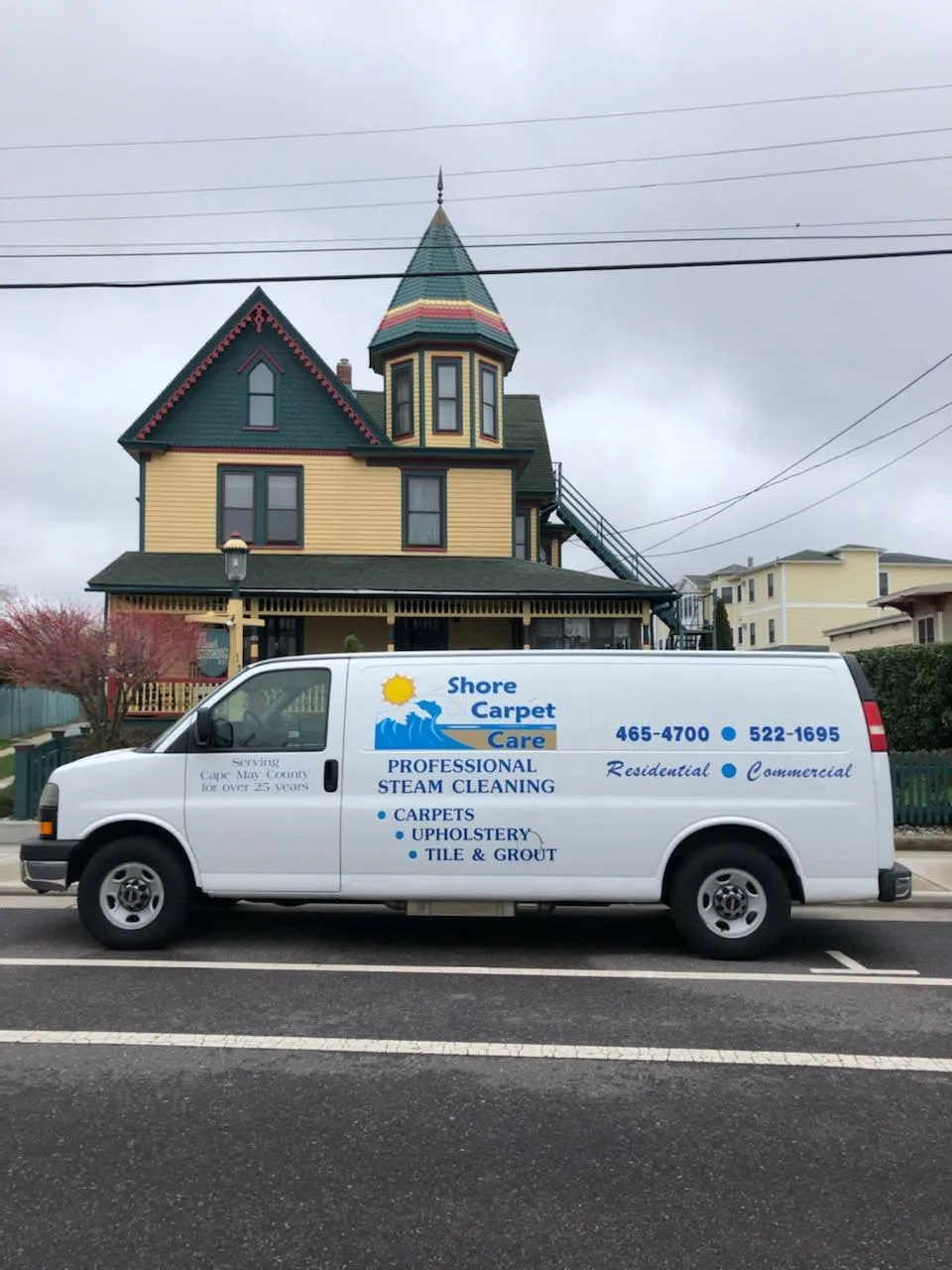
Choosing the Right Service After a Flood: Restoration vs Replacement
Introduction
Flooding is one of the most stressful events a homeowner can face. Beyond the immediate water damage, the question of what to do next often looms large: should you restore your existing carpets, flooring, and furniture, or replace them altogether?
For New Jersey homeowners, especially in areas prone to coastal storms, heavy rains, and plumbing issues, this decision is more than financial — it’s about protecting health, safety, and property value.
This guide breaks down the differences between restoration and replacement, helping you understand when each option makes sense after flood damage.
Understanding Restoration vs Replacement
Both restoration and replacement are viable options after flooding, but they serve different purposes.
Restoration: Focuses on salvaging and cleaning existing materials. This includes extracting water, drying, sanitizing, and deodorizing carpets, flooring, and upholstery. Restoration is ideal when damage is limited and materials can be safely brought back to pre-flood condition.
Replacement: Involves removing and installing new materials. Replacement is necessary when items are too damaged, contaminated, or unsafe to restore.
The decision depends on several factors, from the extent of water damage to the type of water involved.
How to Decide Between Restoration and Replacement
Here are the key considerations to guide your choice:
Type of Water Damage
Clean Water (Category 1): Water from burst pipes or rainwater is the least contaminated. Restoration is often possible if action is taken quickly.
Gray Water (Category 2): Water from appliances or minor leaks may contain bacteria. Restoration may be possible but requires thorough sanitizing.
Black Water (Category 3): Water from sewage, flooding, or storms is highly contaminated. Replacement is usually required due to health risks.
Extent of Damage
If water sits for more than 24–48 hours, mold begins to grow. Carpets, drywall, and insulation may need replacement. Quick action makes restoration more likely.
Material Involved
Carpet and Padding: Carpet may be restored if dried within 48 hours, but padding often must be replaced.
Wood Flooring: Can sometimes be restored, but warping often leads to replacement.
Drywall: Typically replaced if soaked.
Furniture: Upholstery may be restored if cleaned quickly, but items soaked in contaminated water should be discarded.
Cost Considerations
Restoration is generally less expensive than replacement. However, if restoration costs approach replacement costs, replacing may be the smarter long-term choice.
Health and Safety
If there is any doubt about mold, bacteria, or structural damage, replacement is the safer option.
FAQs
How soon should I act after a flood?
You should begin water extraction and drying immediately. Mold can begin to grow within 24–48 hours of water exposure.
Can wet carpet always be saved?
Not always. Carpet exposed to clean water for less than 48 hours may be restored, but padding often must be replaced. Carpets soaked in contaminated water should be discarded.
What does professional restoration include?
Professional services include water extraction, drying with commercial fans and dehumidifiers, sanitizing surfaces, and deodorizing materials to prevent mold and odor.
How do I know if I need replacement instead of restoration?
If materials are contaminated by sewage or black water, have visible mold, or remain saturated after drying attempts, replacement is usually required.
Will insurance cover restoration or replacement?
It depends on your policy. Many homeowner policies cover sudden water damage (like burst pipes) but not flooding from natural disasters. Review your coverage or speak with your insurer for clarity.
Conclusion
After a flood, deciding between restoration and replacement is not always simple. The type of water, extent of damage, materials involved, and health risks all factor into the decision. Acting quickly improves the chances of successful restoration, but in many cases, replacement may be necessary for safety and long-term durability.
For New Jersey homeowners, working with experienced professionals ensures the right choice is made. A trusted carpet cleaning and restoration service can assess the damage, guide you through your options, and provide reliable results to restore peace of mind after a flood.